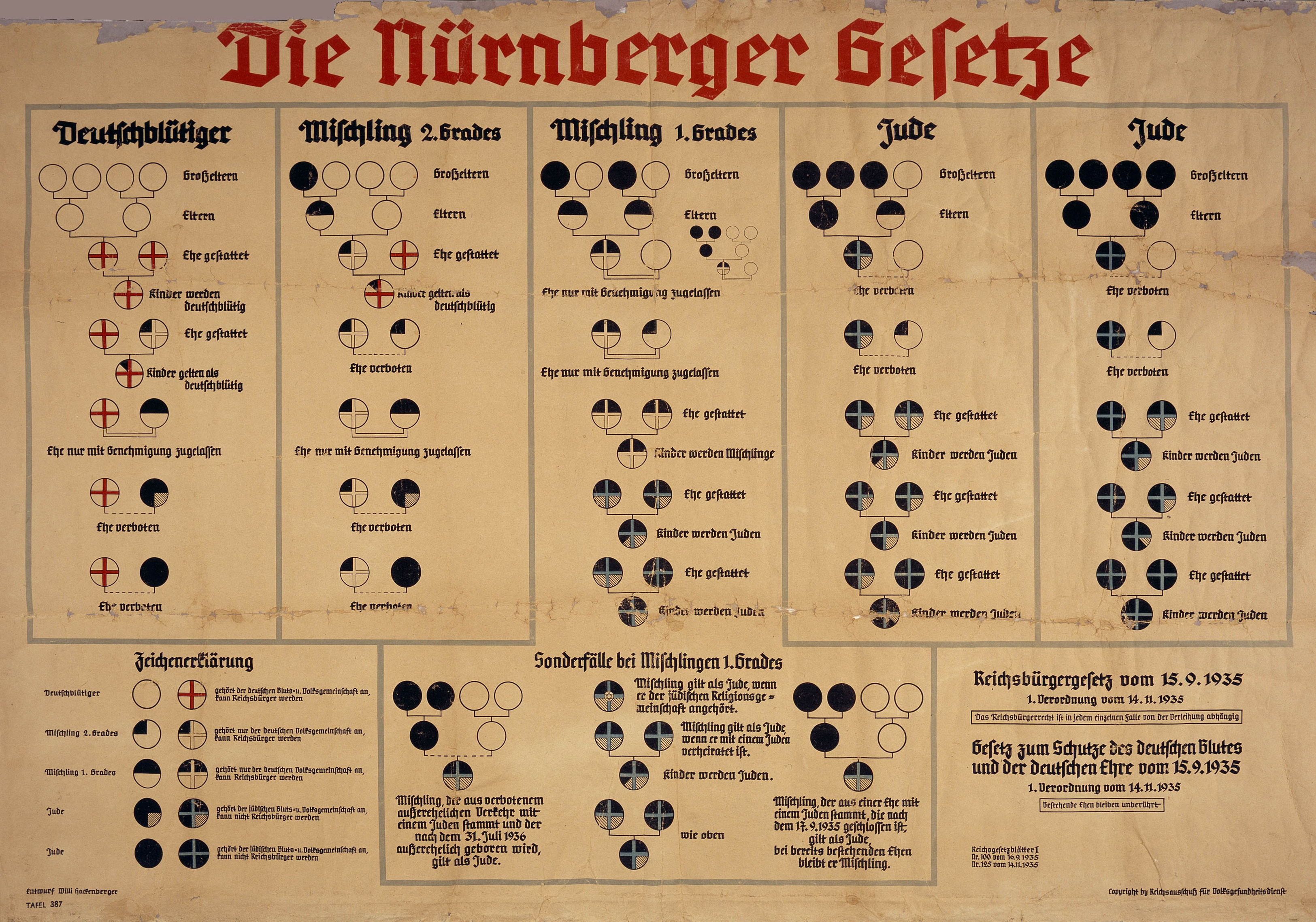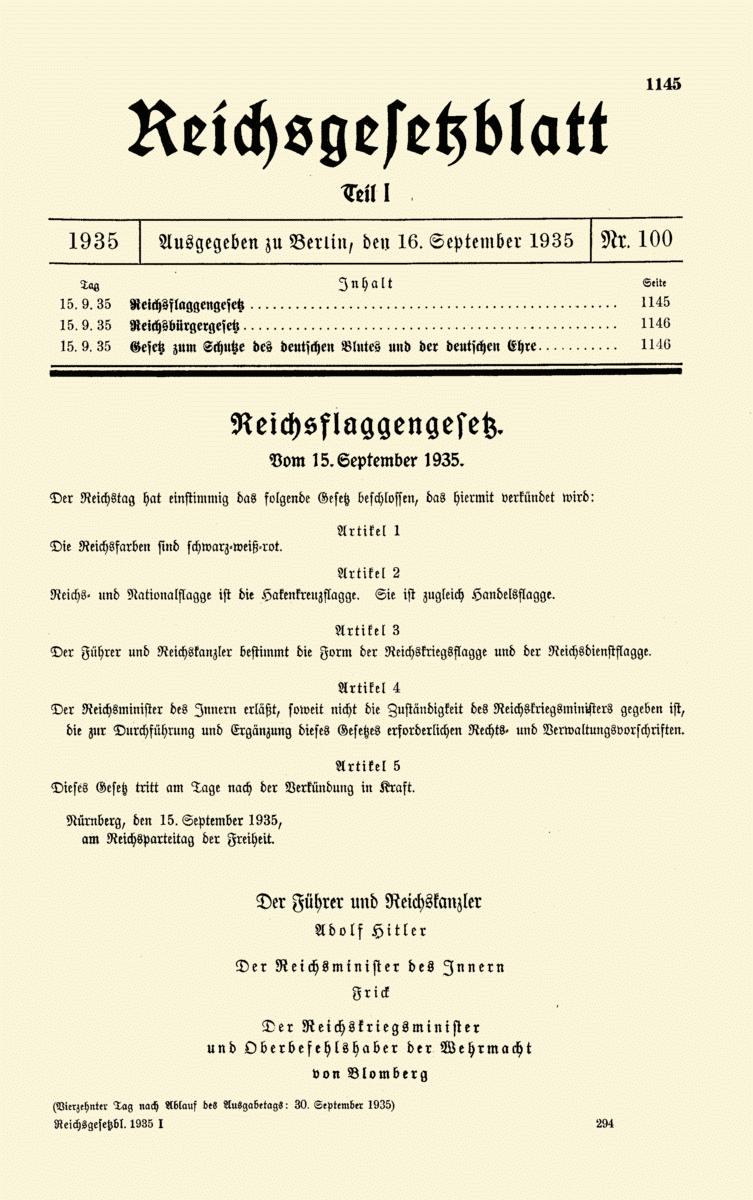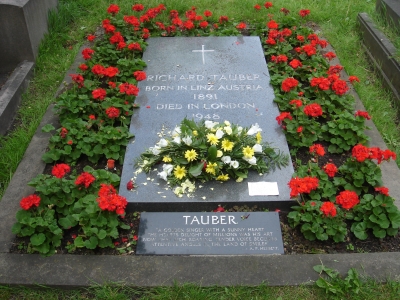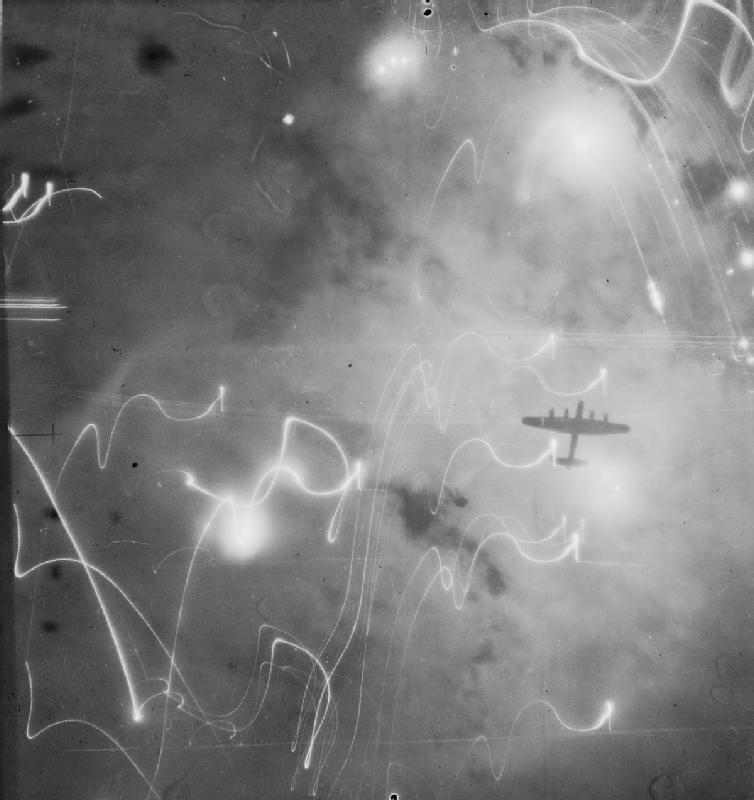|
Axel Springer
Axel Cäsar Springer (2 May 1912 – 22 September 1985) was a German publisher and founder of what is now Axel Springer SE, the largest media publishing firm in Europe. By the early 1960s his print titles dominated the West German daily press market. His '' Bild Zeitung'' became the nation's tabloid. In the late 1960s, Springer entered into confrontation with the emergent New Left. Hostile coverage of student protests and a continuing rightward drift in editorial comment were met with boycotts and printing-press blockades, and later in 1972 with the bombing of the company offices by the Red Army Faction (the "Baader Meinhof Gang"). In the late 1970s, exposés of journalistic malpractice by the investigative reporter Günter Wallraff led to Press Council reprimands. Sometimes referred to as Germany's Rupert Murdoch, Springer, with counter suits and minor divestments, was able to ride out public criticism of his editorial ethics and market dominance. Springer engaged in privat ... [...More Info...] [...Related Items...] OR: [Wikipedia] [Google] [Baidu] |
Altona, Hamburg
Altona (), also called Hamburg-Altona, is the westernmost Boroughs and quarters of Hamburg#Boroughs, urban borough (''Bezirk'') of the Germany, German States of Germany, city state of Hamburg. Located on the right bank of the Elbe river, Altona had a population of 270,263 in 2016. From 1640 to 1864, Altona was under the administration of the Denmark, Danish monarchy. Altona was an independent borough until 1937. History Danish period Altona was founded in 1535 as a village of fishermen in what was then Holstein-Pinneberg. In 1640, Altona came under Denmark-Norway, Danish rule as part of Holstein-Glückstadt, and in 1664 was granted town rights, municipal rights by the Danish King Frederik III of Denmark, Frederik III, who then ruled in personal union as Duke of Holstein. Altona was one of the Danish monarchy's most important harbor towns. The railway from Altona to Kiel, the Hamburg-Altona–Kiel railway (), was opened in 1844. Imperial period The wars between Denmark ... [...More Info...] [...Related Items...] OR: [Wikipedia] [Google] [Baidu] |
Kurfürstendamm
The Kurfürstendamm (; colloquially , ; ) is one of the most famous avenues in Berlin. The street takes its name from the former (prince-electors) of Brandenburg. The broad, long boulevard can be considered the of Berlin and is lined with shops, houses, hotels and restaurants. In particular, many fashion designers have their shops there, as well as several car manufacturers' show rooms. Description The avenue includes four lines of plane trees and runs for through the city. It branches off from the Breitscheidplatz, where the ruins of the Kaiser Wilhelm Memorial Church stand, and leads southwestward up to the district of Grunewald. At the junction with it passes the Café Kranzler, successor of the , a famous venue for artists and bohémiens of the pre–World War I era. The Kurfürstendamm U-Bahn station and the Swissôtel Berlin can be found at the same junction. One block farther, near Uhlandstraße U-Bahn station, is the Hotel Bristol Berlin (formerly Kempins ... [...More Info...] [...Related Items...] OR: [Wikipedia] [Google] [Baidu] |
Theresienstadt Ghetto
Theresienstadt Ghetto was established by the SS during World War II in the fortress town of Terezín, in the Protectorate of Bohemia and Moravia ( German-occupied Czechoslovakia). Theresienstadt served as a waystation to the extermination camps. Its conditions were deliberately engineered to hasten the death of its prisoners, and the ghetto also served a propaganda role. Unlike other ghettos, the use of slavery was not economically significant. The ghetto was established by the transportation of Czech Jews in November 1941. The first German and Austrian Jews The history of the Jews in Austria starts after the Jewish diaspora, exodus of Jews from History of ancient Israel and Judah#Roman occupation, Judea under Roman occupation. There have been Jews in Austria since the 3rd century CE. Over the cour ... arrived in June 1942; Dutch and Danish Jews came in 1943, and prisoners of a wide variety of nationalities were sent to Theresienstadt in the last months of the war. ... [...More Info...] [...Related Items...] OR: [Wikipedia] [Google] [Baidu] |
Mischling
(; ; ) was a pejorative legal term which was used in Nazi Germany to denote persons of mixed " Aryan" and "non-Aryan", such as Jewish, ancestry as they were classified by the Nuremberg racial laws of 1935. In German, the word has the general denotation of ' hybrid', ' mongrel', or ' half-breed'. Outside its use in official Nazi terminology, the term ('mixed children') was later used to refer to war babies born to non-white soldiers and German mothers in the aftermath of World War II. Nazi definitions of Mischling Nazis relied on one's ancestors' religious backgrounds to determine whether someone was of "German or related blood" ("Aryan") or a "Jew" ("non-Aryan"). Thus, the Nuremberg Laws in 1935 defined a "full Jew" (''Istjude'' or ''Volljude'' in Nazi terminology) as a person – regardless of religious affiliation or self-identification – who had at least three grandparents who had been enrolled with a Jewish congregation or were married to a Jewish spouse. A perso ... [...More Info...] [...Related Items...] OR: [Wikipedia] [Google] [Baidu] |
Nuremberg Laws
The Nuremberg Laws (, ) were antisemitic and racist laws that were enacted in Nazi Germany on 15 September 1935, at a special meeting of the Reichstag convened during the annual Nuremberg Rally of the Nazi Party. The two laws were the Law for the Protection of German Blood and German Honour, which forbade marriages and extramarital intercourse between Jews and Germans and the employment of German females under 45 in Jewish households; and the Reich Citizenship Law, which declared that only those of German or related blood were eligible to be Reich citizens. The remainder were classed as state subjects without any citizenship rights. A supplementary decree outlining the definition of who was Jewish was passed on 14 November, and the Reich Citizenship Law officially came into force on that date. The laws were expanded on 26 November 1935 to include Romani and Black people. This supplementary decree defined Romani people as "enemies of the race-based state", the same category ... [...More Info...] [...Related Items...] OR: [Wikipedia] [Google] [Baidu] |
Richard Tauber
Richard Tauber (16 May 1891, Linz – 8 January 1948, London) was an Austrian lyric tenor and film actor. He performed the tenor role in numerous operas, including ''Don Giovanni'' by Mozart and Lorenzo Da Ponte. Early life Richard Tauber was born in Linz, Austria, to Elisabeth Seifferth (née Denemy), a widow and actress who performed soubrette roles at the local theater, and Richard Anton Tauber, an actor. His parents were not married, and his father was reportedly unaware of his birth as he was touring North America at the time. The child was named Richard Denemy. He was sometimes known as arlRichard Tauber and also used his mother's married name, Seiffert; however, the claim by the ''Encyclopædia Britannica'' that he was ever known as Ernst Seiffert is not supported by any of the 12 published books and monographs about him listed in Daniel O'Hara's comprehensive Richard Tauber Chronology. After being adopted by his father in 1913, his legal name became Richard Denemy-Tauber ... [...More Info...] [...Related Items...] OR: [Wikipedia] [Google] [Baidu] |
Jazz
Jazz is a music genre that originated in the African-American communities of New Orleans, Louisiana, in the late 19th and early 20th centuries. Its roots are in blues, ragtime, European harmony, African rhythmic rituals, spirituals, hymns, marches, vaudeville song, and dance music. Since the 1920s Jazz Age, it has been recognized as a major form of musical expression in traditional and popular music. Jazz is characterized by swing and blue notes, complex chords, call and response vocals, polyrhythms and improvisation. As jazz spread around the world, it drew on national, regional, and local musical cultures, which gave rise to different styles. New Orleans jazz began in the early 1910s, combining earlier brass band marches, French quadrilles, biguine, ragtime and blues with collective polyphonic improvisation. However, jazz did not begin as a single musical tradition in New Orleans or elsewhere. In the 1930s, arranged dance-oriented swing big bands, ... [...More Info...] [...Related Items...] OR: [Wikipedia] [Google] [Baidu] |
Bombing Of Hamburg In World War II
The Allied bombing of Hamburg during World War II included numerous attacks on civilians and civic infrastructure. As a large city and industrial centre, Hamburg's shipyards, U-boat pens, and the Hamburg-Harburg area oil refineries were attacked throughout the war. As part of a sustained campaign of strategic bombing during World War II, the attack during the last week of July 1943, code named Operation Gomorrah, created one of the largest firestorms raised by the Royal Air Force and United States Army Air Forces in World War II, killing an estimated 37,000 people in Hamburg, wounding 180,000 more, and destroying 60% of the city's houses. Hamburg was selected as a target because it was considered particularly susceptible to attack with incendiaries, which, from the experience of the Blitz, were known to inflict more damage than just high explosive bombs. Hamburg also contained a high number of targets supporting the German war effort and was relatively easy for navigators ... [...More Info...] [...Related Items...] OR: [Wikipedia] [Google] [Baidu] |
Nazi Party
The Nazi Party, officially the National Socialist German Workers' Party ( or NSDAP), was a far-right politics, far-right political party in Germany active between 1920 and 1945 that created and supported the ideology of Nazism. Its precursor, the German Workers' Party (; DAP), existed from 1919 to 1920. The Nazi Party emerged from the Extremism, extremist German nationalism, German nationalist ("Völkisch nationalism, ''Völkisch'' nationalist"), racism, racist, and populism, populist paramilitary culture, which fought against communism, communist uprisings in post–World War I Germany. The party was created to draw workers away from communism and into nationalism. Initially, Nazi political strategy focused on anti-big business, anti-bourgeoisie, and anti-capitalism, disingenuously using socialist rhetoric to gain the support of the lower middle class; it was later downplayed to gain the support of business leaders. By the 1930s, the party's main focus shifted to Antisemit ... [...More Info...] [...Related Items...] OR: [Wikipedia] [Google] [Baidu] |
Reich Ministry Of Public Enlightenment And Propaganda
The Reich Ministry for Public Enlightenment and Propaganda (, RMVP), also known simply as the Ministry of Propaganda (), controlled the content of the press, literature, visual arts, film, theater, music and radio in Nazi Germany. The ministry was created as the central institution of Nazi propaganda shortly after the party's national seizure of power in January 1933. In the Hitler cabinet, it was headed by Propaganda Minister Joseph Goebbels, who exercised control over all German mass media and creative artists through his ministry and the Reich Chamber of Culture (), which was established in the fall of 1933. It was abolished by the Flensburg Government on the 5 May 1945. Establishment and functions Shortly after the March 1933 Reichstag elections, Adolf Hitler presented his cabinet with a draft resolution to establish the ministry. Despite the skepticism of some non-National Socialist ministers, Hitler pushed the resolution through. On 13 March 1933, Reich Presid ... [...More Info...] [...Related Items...] OR: [Wikipedia] [Google] [Baidu] |
Adolf Hitler's Rise To Power
The rise to power of Adolf Hitler, dictator of Nazi Germany from 1933 to 1945, began in the newly established Weimar Republic in September 1919, when Hitler joined the ''German Workers' Party, Deutsche Arbeiterpartei'' (DAP; German Workers' Party). He quickly rose to a place of prominence and became one of its most popular speakers. In an attempt to more broadly appeal to larger segments of the population and win over German workers, the party name was changed to the ''Nationalsozialistische Deutsche Arbeiterpartei'' (NSDAP; National Socialist German Workers' Party), commonly known as the Nazi Party, and a new platform was adopted. Hitler was made the party leader in 1921 after he threatened to otherwise leave. By 1922, his control over the party was unchallenged. The Nazis were a right-wing party, but in the early years they also had Anti-capitalism, anti-capitalist and Bourgeoisie, anti-bourgeois elements. Hitler later initiated a purge of these elements and reaffirmed the Nazi ... [...More Info...] [...Related Items...] OR: [Wikipedia] [Google] [Baidu] |









